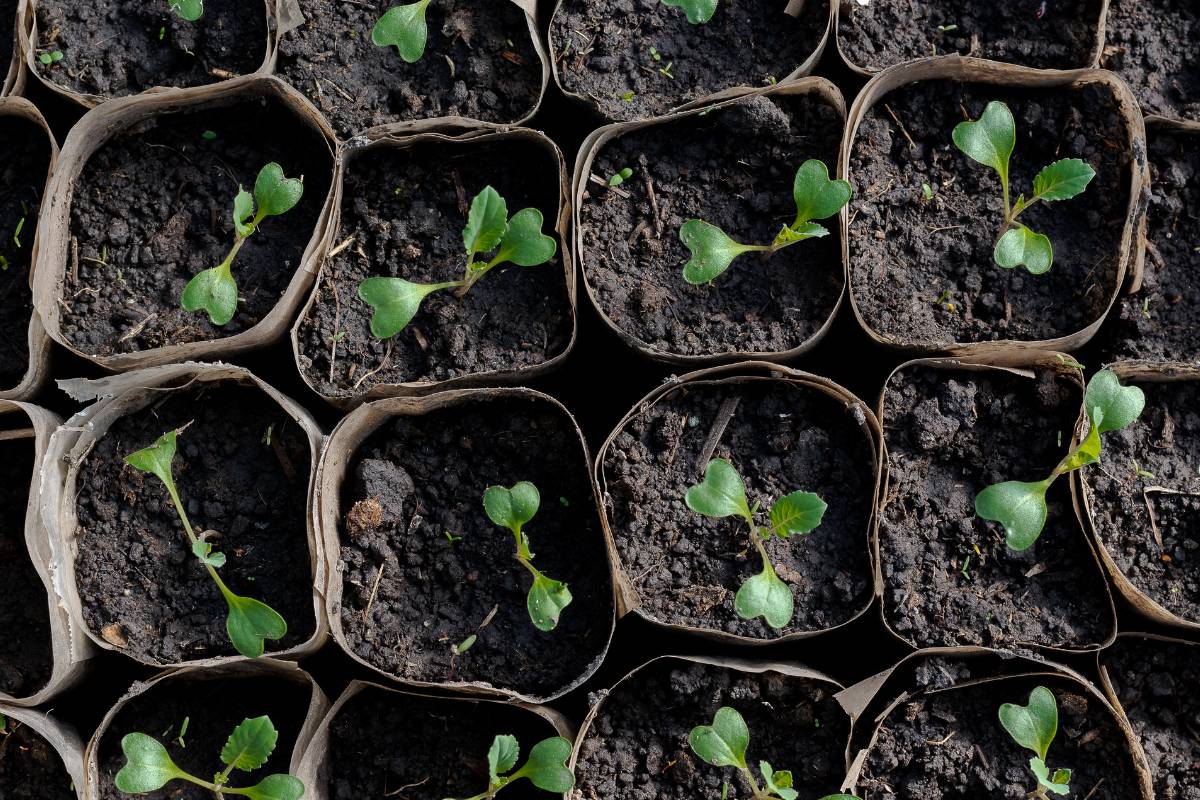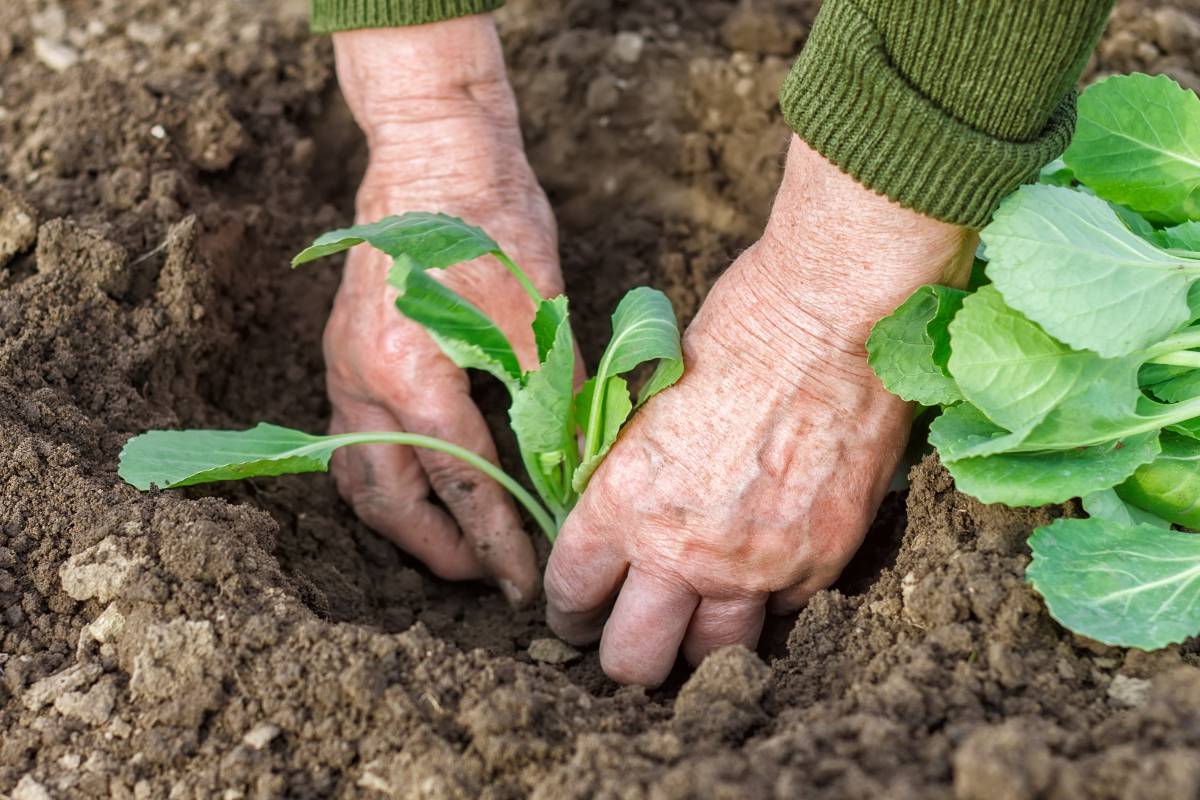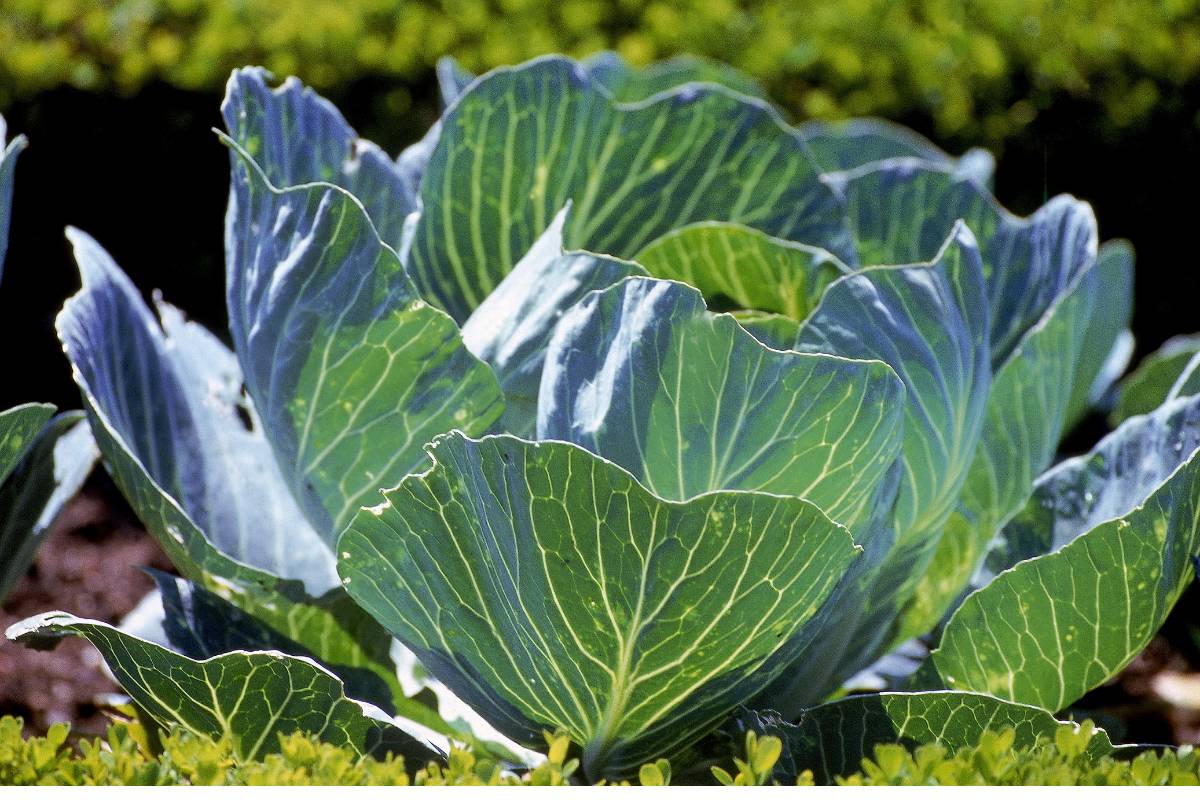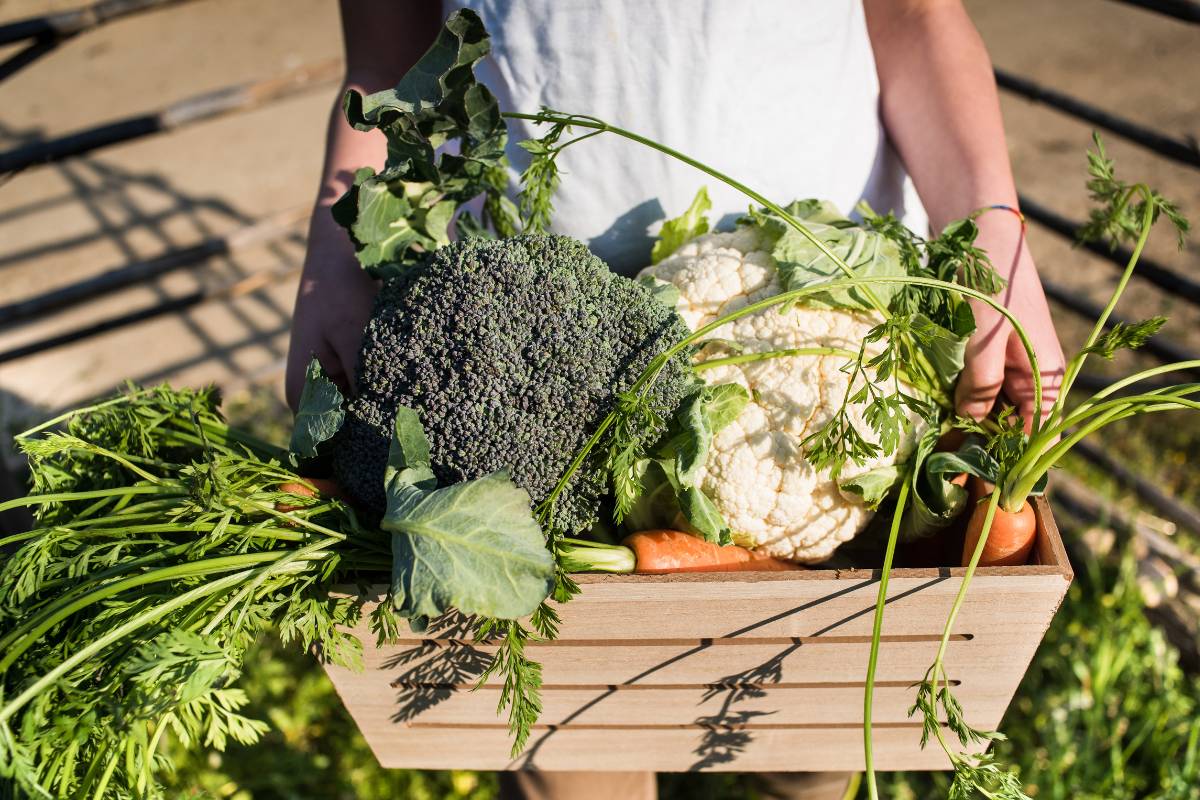For keen gardeners the growing season begins in late winter with early sowing of summer crops indoors or under cover. Giving seedlings a few weeks' head start encourages stronger plants that can better withstand pests once transplanted. It also leads to earlier and more productive harvests when summer arrives.
While this early sowing approach is very common for summer crops, it's less widely used for the winter vegetable garden. In some ways, this is perfectly understandable - after all, why think about your future winter work when your summer harvest keeps you busy with its bounty?
However, sowing winter seeds in summer can greatly improve your growing success, particularly for brassicas, so it's well worth experimenting with a new approach if you love your winter veg.
Why Sow Cool-Season Brassicas in Summer?
The brassica family contains many of the most popular veggie patch staples, including cabbage, broccoli, cauliflower, kohlrabi and Brussels sprouts. All are botanically the same species, and most varieties follow the same general growth habits.
Brassicas naturally follow a biennial life cycle, producing most of their growth in the first year, then setting seed and dying in the second. In cultivation this life cycle is interrupted, with the ideal harvest being a mature-sized plant that hasn’t yet formed flower stems (in the case of cabbage, kohlrabi and Brussels sprouts) or seeds (for broccoli and cauliflower).
While brassicas prefer cool conditions to develop a crisp sweet flavour, plants will grow much more slowly in cold temperatures. If seeds are planted in late autumn or winter, they may struggle to reach a mature size before the warmer weather in spring spurs plants to produce flowers and seed.
Bearing all these points in mind, there’s an advantage to growing brassicas by sowing them from mid-summer onwards. This way, they'll enjoy a good spurt of growth in the warmer weather, then have enough time to reach a harvestable size while slowing down and sweetening up in the winter. They can then mature to full flavour with the warmer weather still weeks or months away, so you'll have plenty of time to harvest them at your leisure without the risk of plants bolting to seed.
How to Sow Brassicas in Summer
Summer-sown brassicas should be started off in punnets or seed trays a few weeks before the summer harvest is starting to die down. This will give them the chance to grow to a healthy size before being transplanted into your veggie beds as the summer crops are cleared away.
But while sowing in summer benefits growth and harvest times, there are two potential problems to bear in mind. First, the hot summers in most parts of Australia mean the young seedlings may need pampering with plenty of water and some shade, at least until they're large enough to withstand the conditions.
Second, in the warmer months, pests such as aphids and caterpillars - including the dreaded cabbage moths and butterflies - will be more of a problem, so it's important to keep on top of infestations before the cold weather arrives and lessens the pressure.
Other Winter Crops for Summer Sowing
It's not only brassicas that can benefit from an early start to life. Many root crops can also be planted early, including parsnip, turnip and carrot. Again, this gives growth a head start in the warmth, followed by a month or two in the colder ground to develop their flavours before the harvest.
Unlike brassicas, these plants shouldn't be sown in containers before transplanting. Root crops are notoriously sensitive to being moved. Their long and delicate tap roots are easily damaged. So plant seeds directly into your beds as soon as possible after harvesting the summer occupants, offering the new plants plenty of warm weeks to give their growth a running start.
Lastly, late summer and autumn are also great times to succession sow leafy greens and salad leaves. The same general idea applies: there's enough warmth to get the plants started and enough time for them to reach a good size, but the cooler weather in late autumn and winter slows the growth, deters bolting, and extends the harvest season so you can enjoy your produce over a longer period.
Starting winter vegetables in summer may seem counterintuitive, but the rewards of larger plants to harvest through the cooler months makes the approach one worth considering for your garden.









